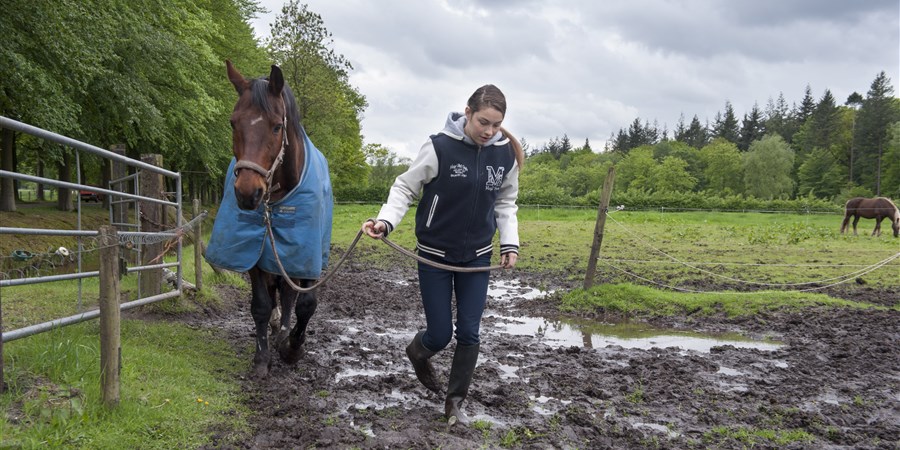https://www.youtube.com/watch?v=h6epyxtfu-8&t=705s Ely op YouTube
's Werelds droevigste olifant”: Hooggerechtshof Mexico beveelt betere omstandigheden voor Ely
Het Hooggerechtshof van Mexico heeft woensdag besloten dat de dierentuin San Juan de Aragon in Mexico-Stad de gezondheid van een Afrikaanse olifant genaamd Ely moet verbeteren. Het is de eerste keer dat het hoogste gerechtshof van het land zo’n stap zet in het voordeel van een dier. In het bevel staat dat er “een constante verbetering van haar gezondheid en fysieke conditie moet zijn.”
Een groep van vier rechters bevestigde het vonnis van een lagere rechtbank dat vorig jaar in het voordeel van Ely was uitgesproken. Experts hopen dat deze zaak bijdraagt aan de erkenning dat dieren rechten hebben in Mexico. De uitspraak van woensdag volgt op de beslissing van het Hooggerechtshof vorige maand, waarin bepaald werd dat de wetten van Mexico-Stad tegen dierenmishandeling en wreedheid grondwettelijk zijn.
Depressief en ziektes
Volgens advocaten leed Ely aan een depressie, zeker na de dood van Maggy in 2016, een olifant waar ze haar verblijf mee deelde. Daarnaast liep ze verschillende ziektes op in gevangenschap. Ely zou tegen de muren van haar verblijf bonken en verloor gewicht. De advocaten in deze zaak noemden haar “de droevigste olifant ter wereld.”
Men denkt dat Ely tussen de 43 en 45 jaar oud is en ze woont al 13 in de dierentuin San Juan de Aragon in Mexico-Stad, waar ze naartoe werd gebracht na haar redding uit het circus. Diana Valencia, oprichter en directeur van de dierenrechtenorganisatie Opening Cages and Opening Minds, zegt dat de dierentuin de leefomstandigheden van Ely al verbeterde, maar dat gebeurde alleen na publieke druk.
Schuld van circus
Dierenarts en directeur van de dierentuin, Gabriela Uribe Acosta, is ervan overtuigd dat de dierentuin de beslissing van het Hooggerechtshof zal naleven. Volgens haar is er een team van zes mensen verantwoordelijk om het verblijf van 7.246 vierkante meter proper te houden, dat iets groter is dan een voetbalveld. Daarnaast staat er nog een team van zes mensen klaar om het hart van Ely te monitoren.
Uribe Acosta ontkent bovendien dat Ely depressief is en zegt dat haar toestand verbeterd is sinds er twee nieuwe olifanten bijkwamen in 2023 en 2024. Volgens haar ontstaan de ziektes die Ely in gevangenschap opliep niet alleen door de dierentuin. Toen Ely in 2012 uit het circus gered werd, had ze al problemen met haar rechterachterpoot, wat voor een beperkte mobiliteit zorgde. Het gewichtsverlies wijt ze ook aan het circus dat volgens haar het gevolg was van een slecht dieet.
Eeuwig lopende strijd
Diana Valencia van de dierenrechtenorganisatie Opening Cages and Opening Minds is van plan om te blijven vechten voor de overplaatsing van de drie olifanten naar een opvangcentrum in Brazilië of de Verenigde Staten. “Ik kan niet tevreden zijn, want een olifant kan niet in gevangenschap leven. Het doet hen mentaal pijn en ze zijn de dieren die het meest lijden onder gevangenschap.”
CNN story in Englisch





















